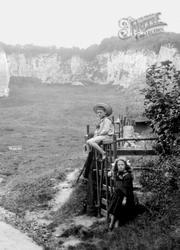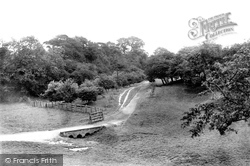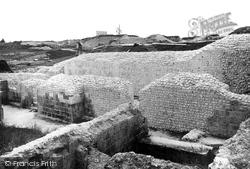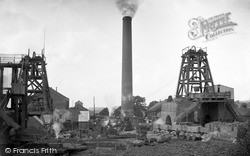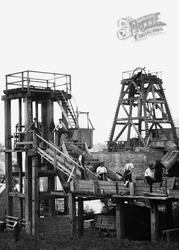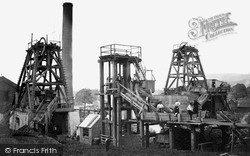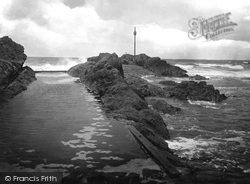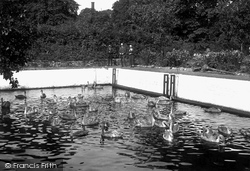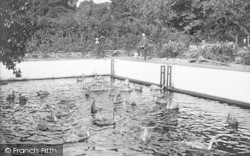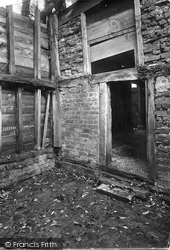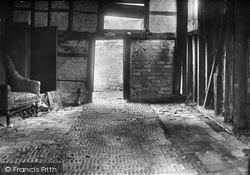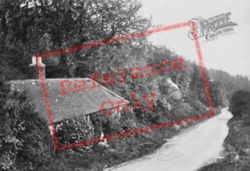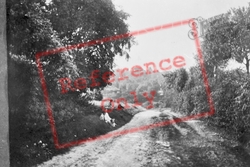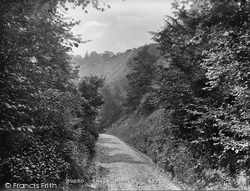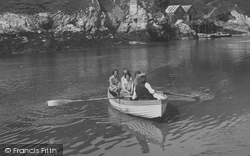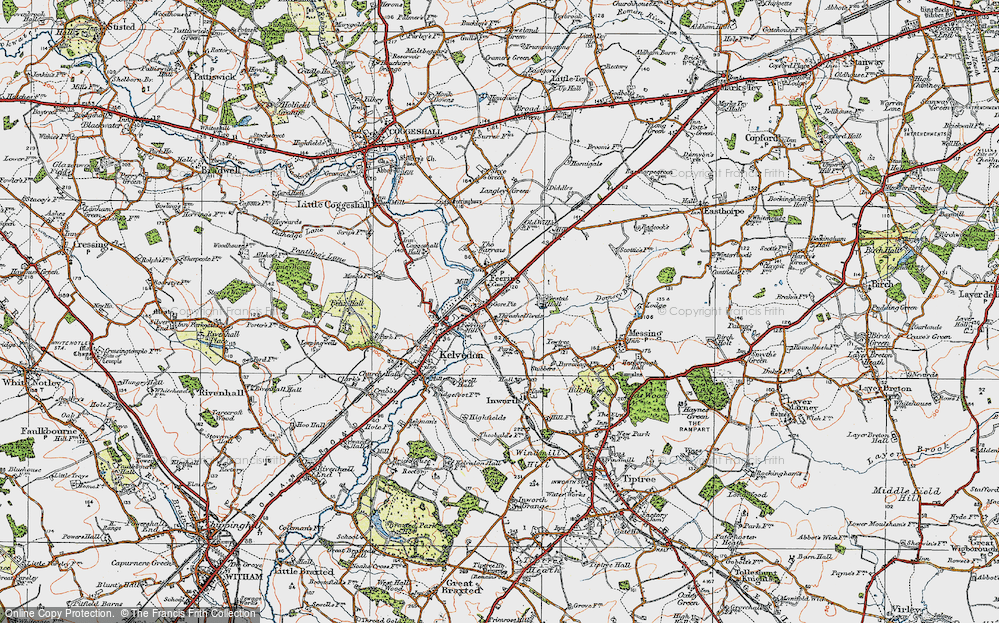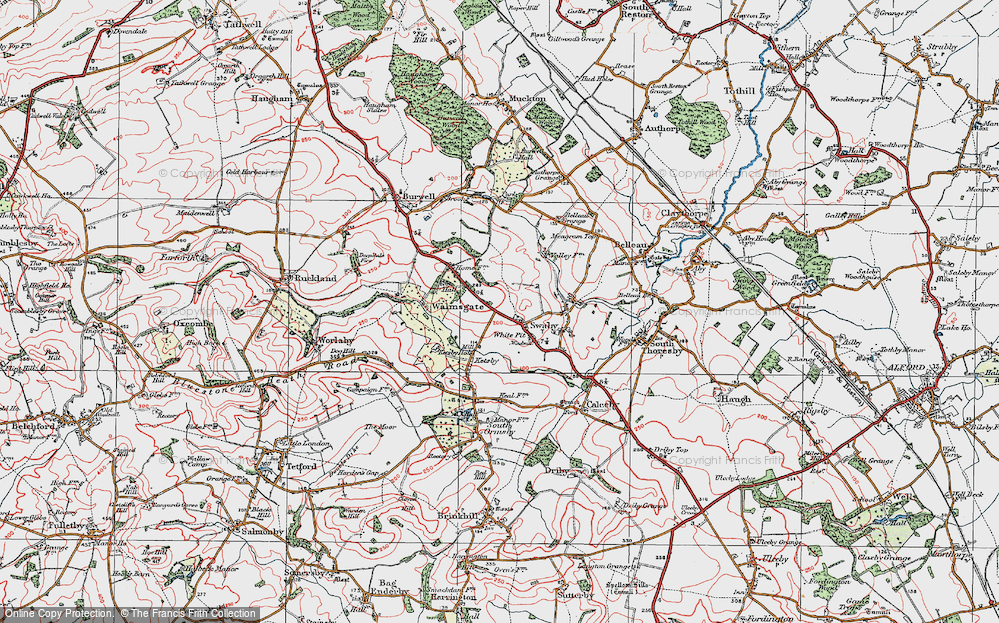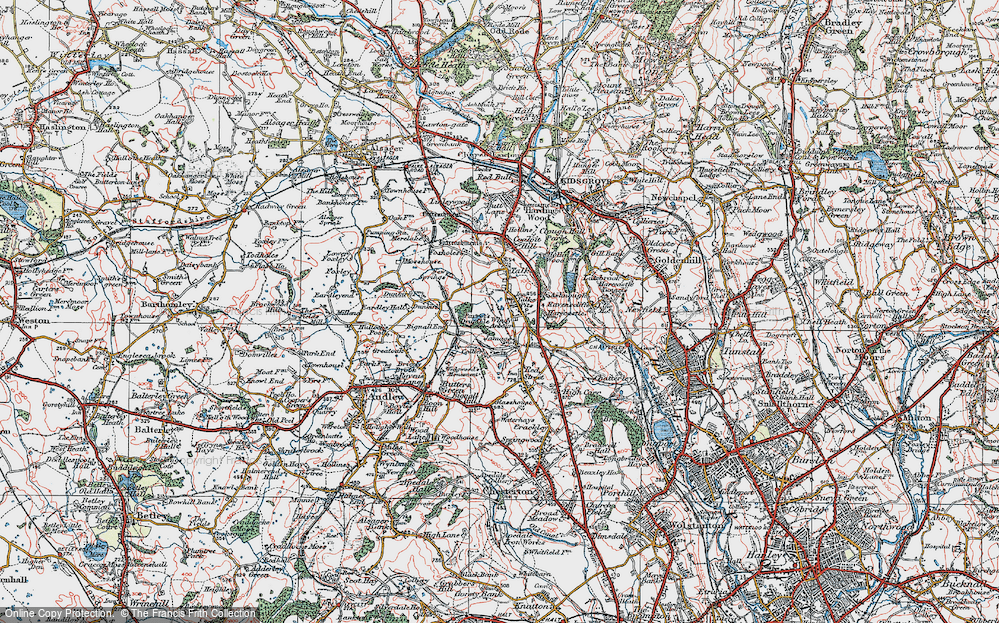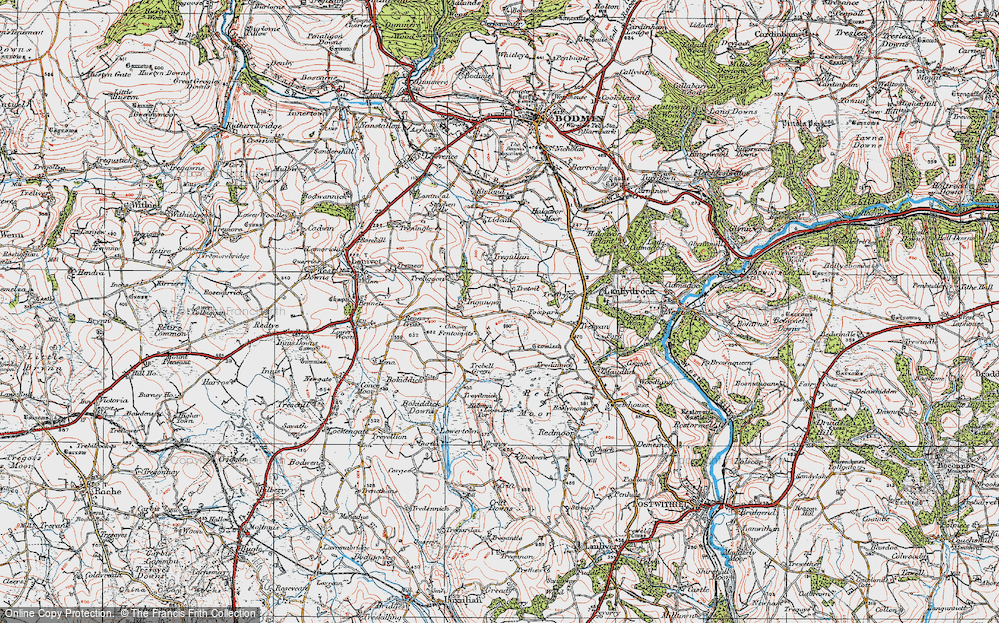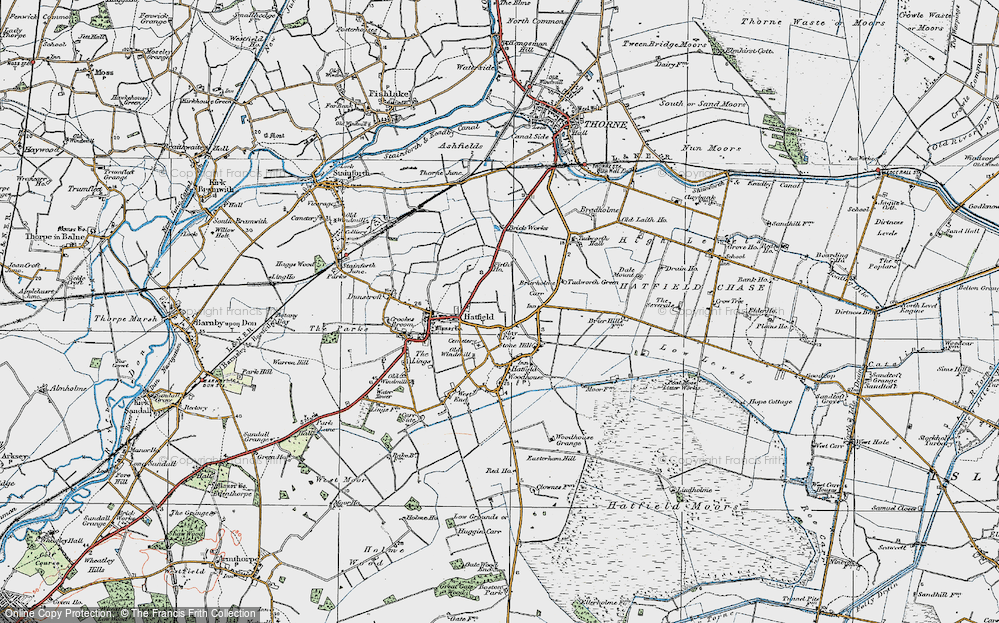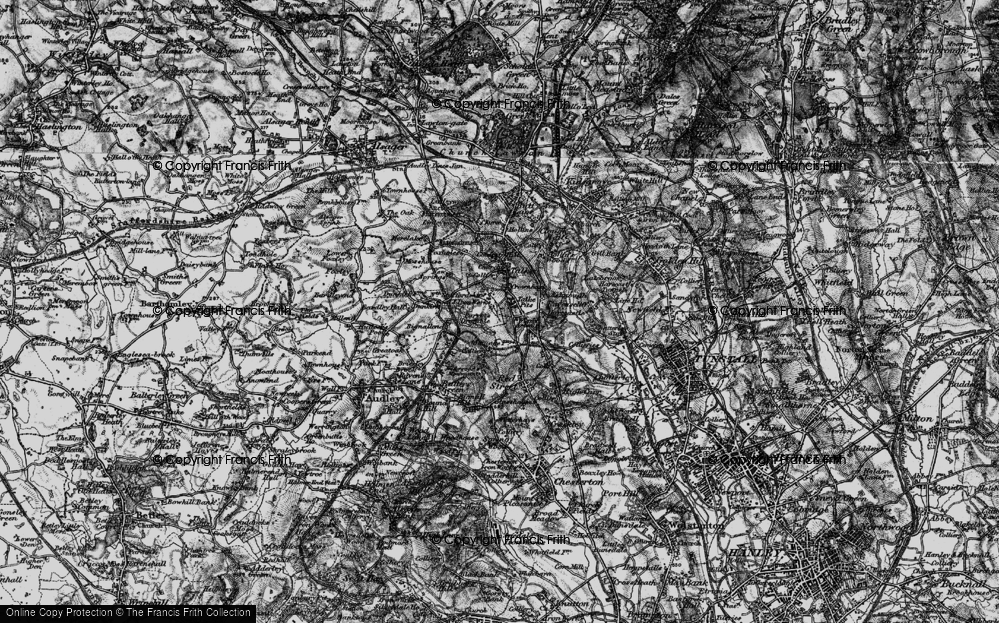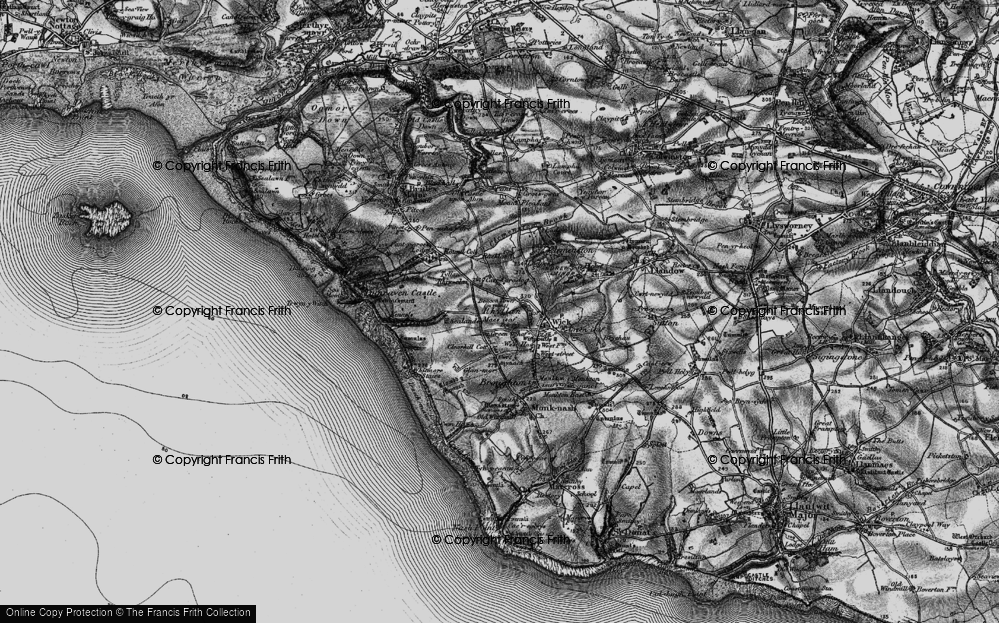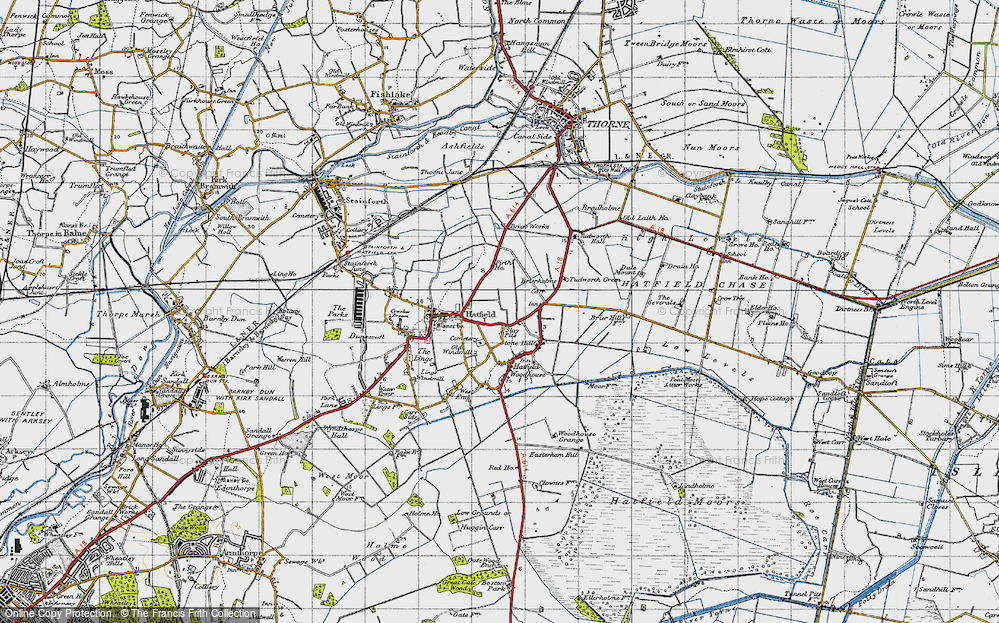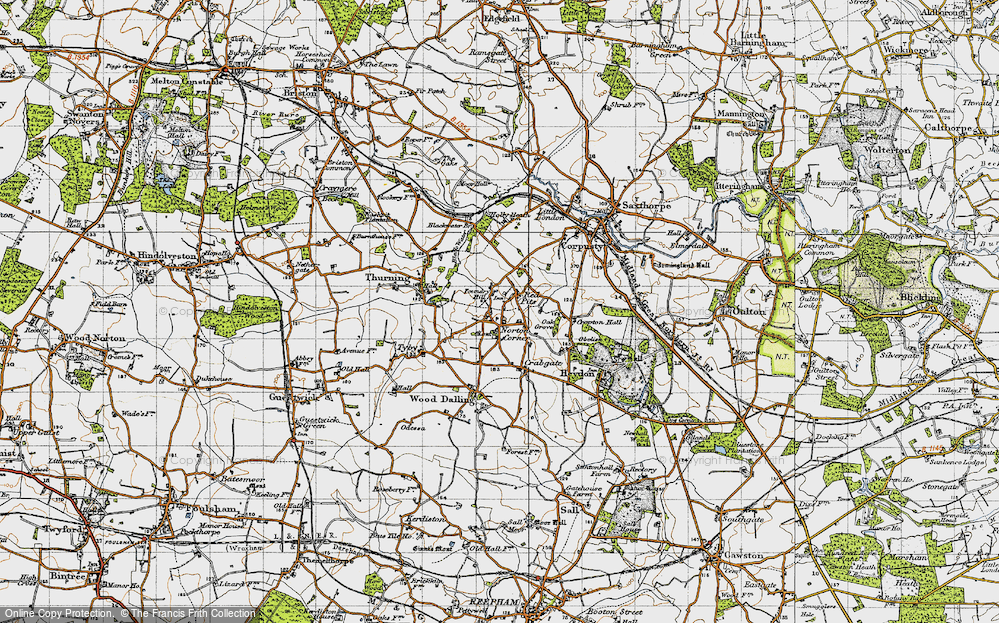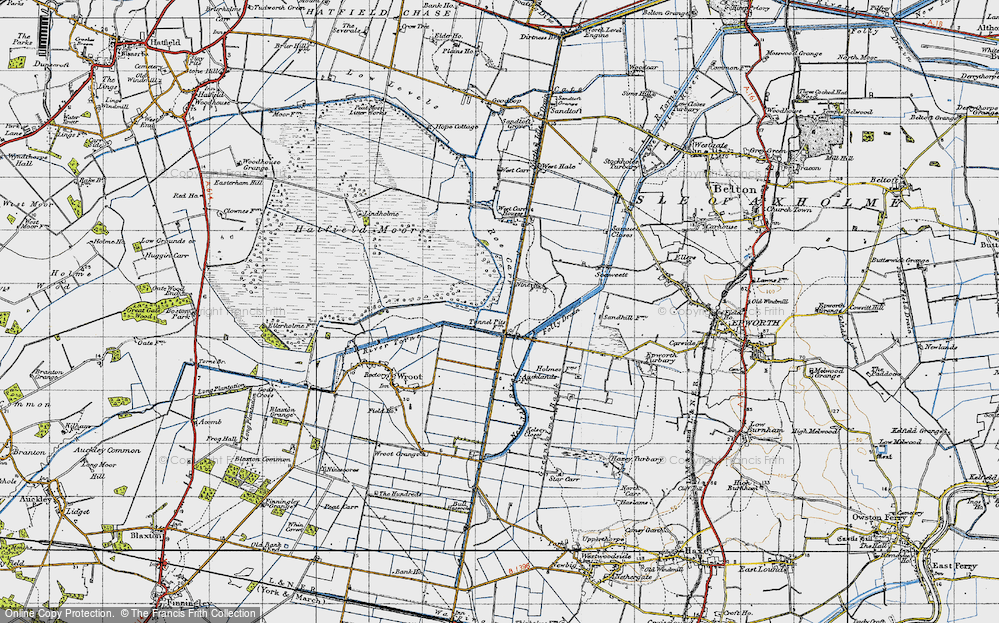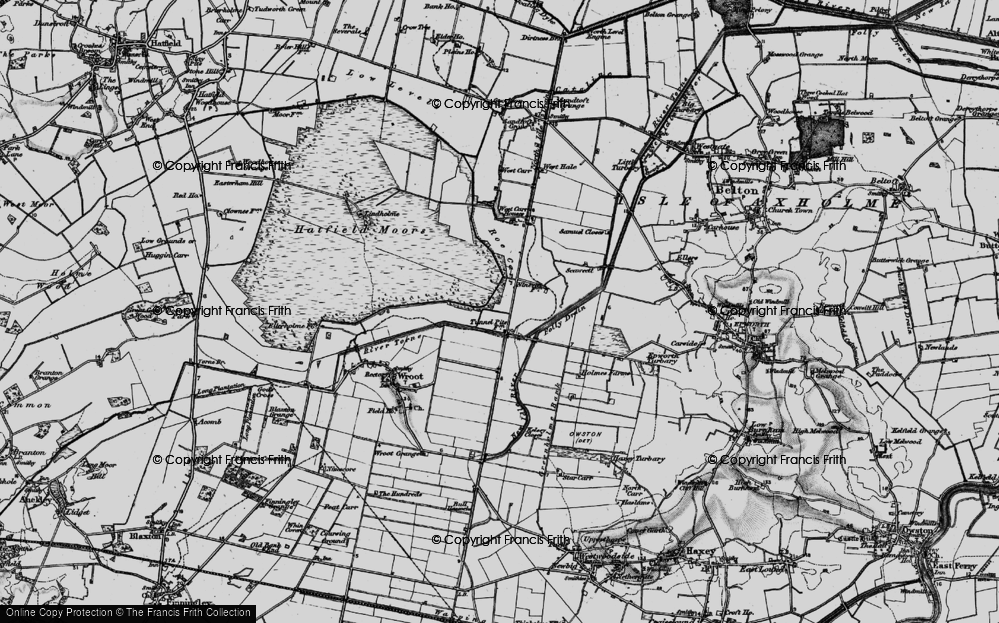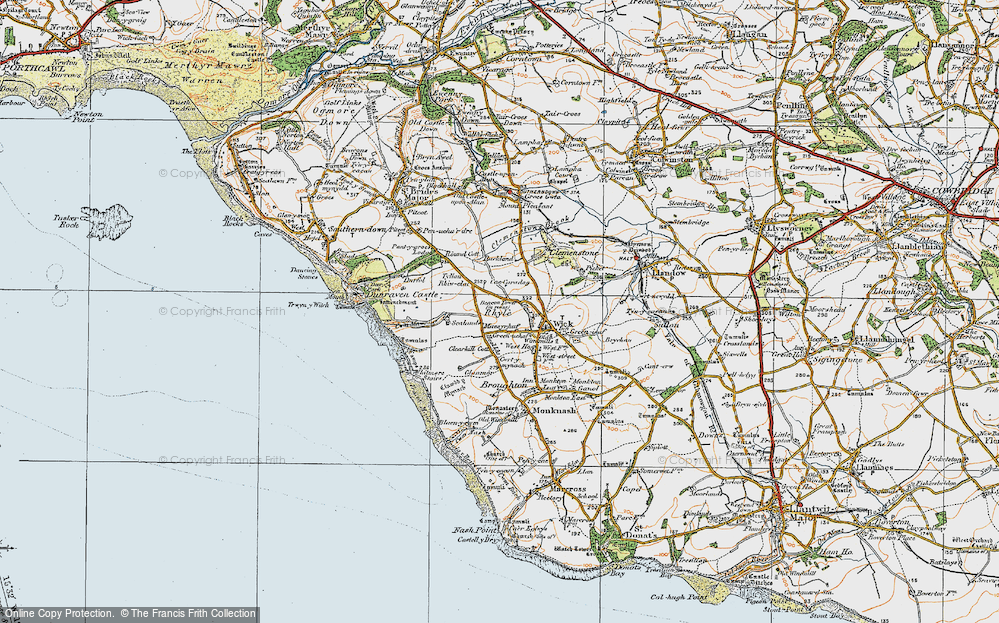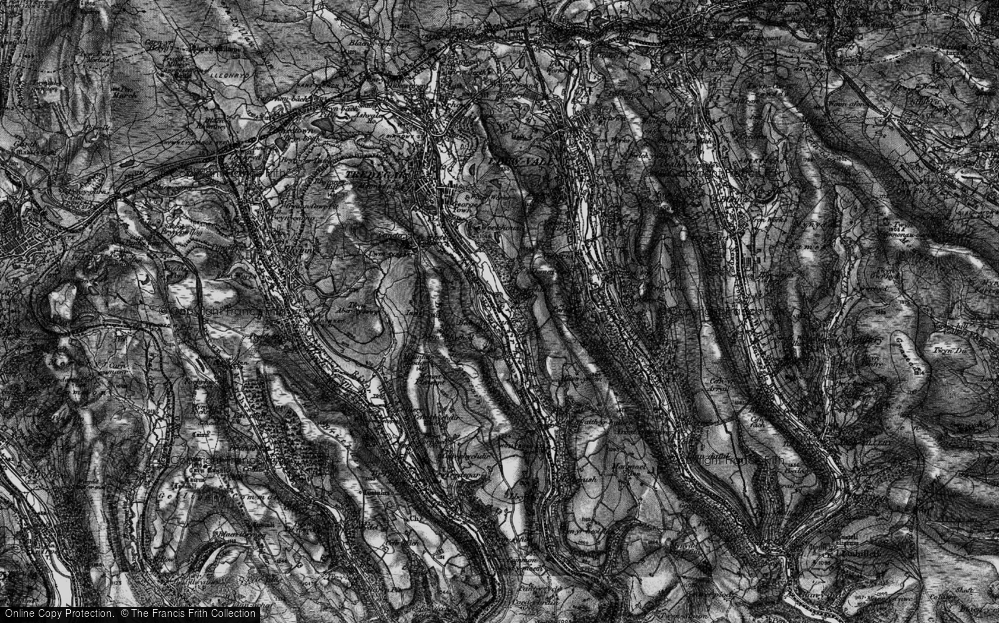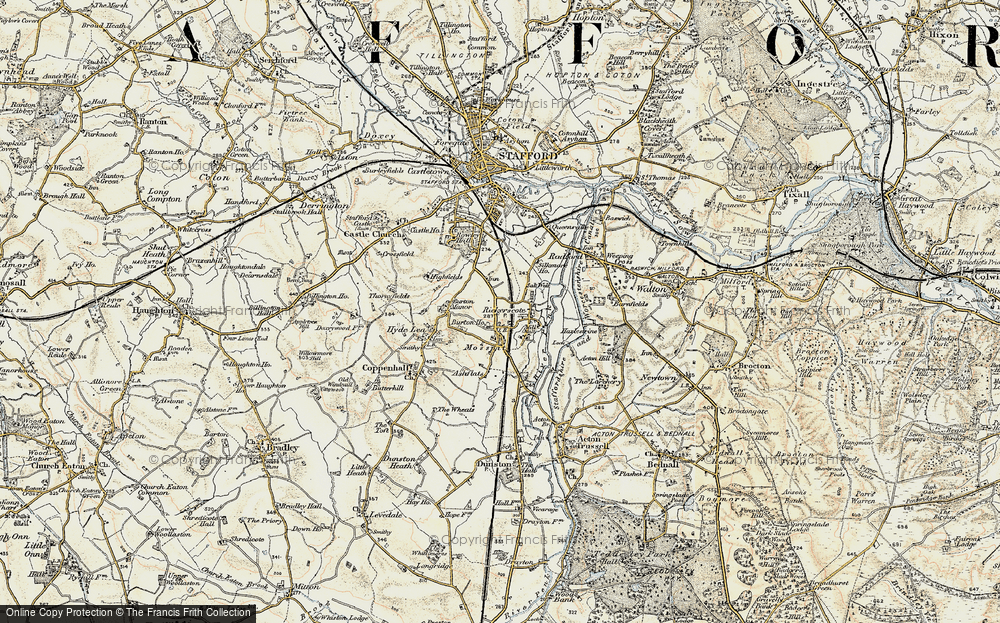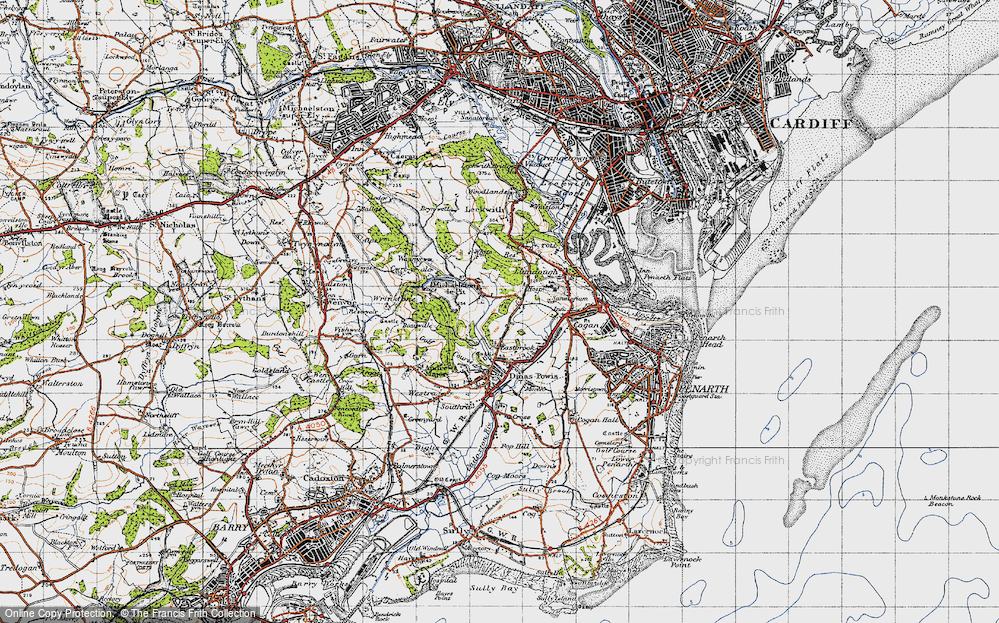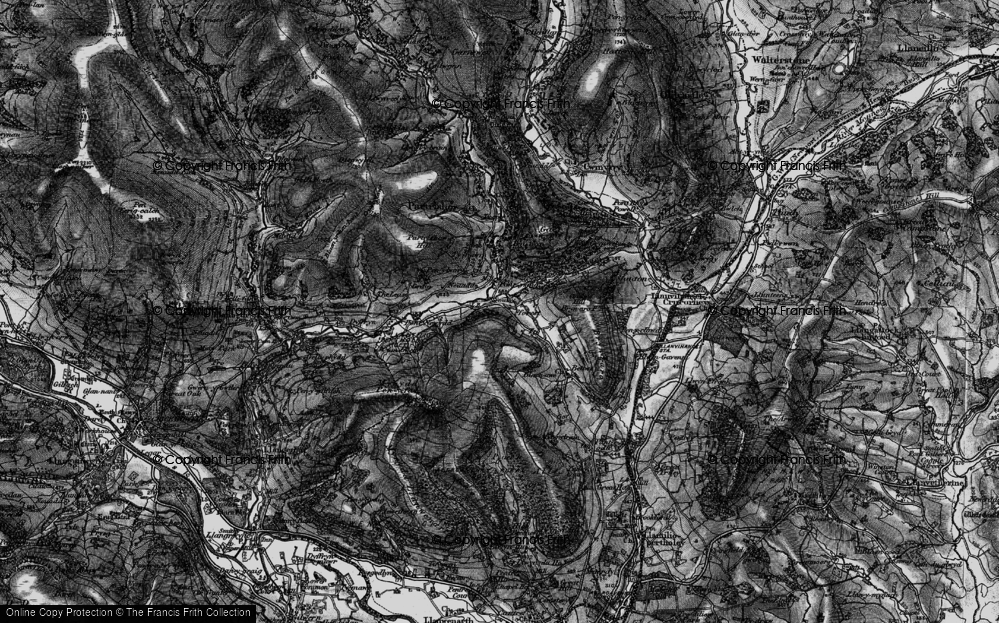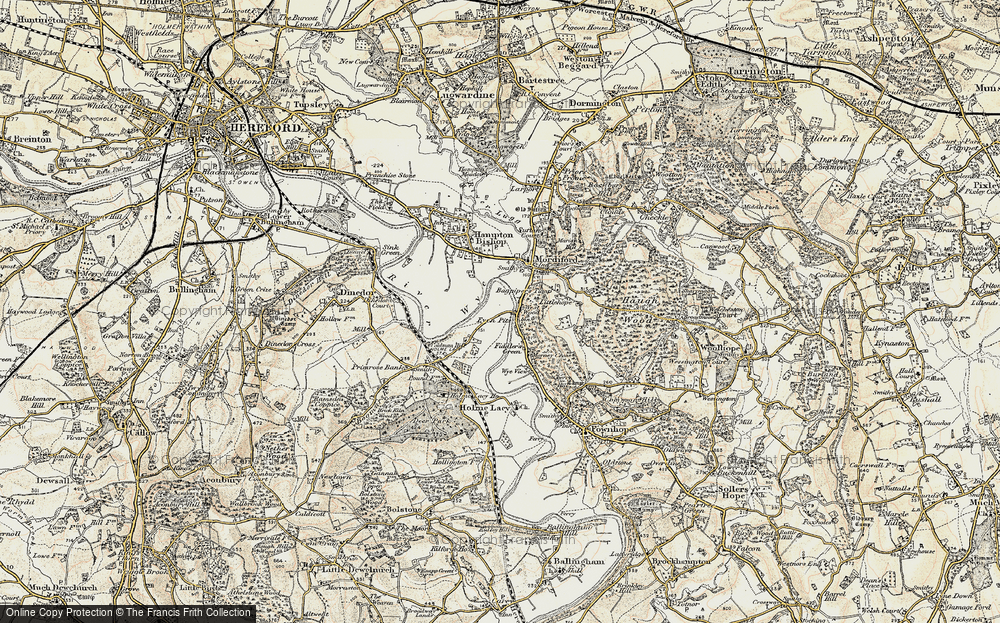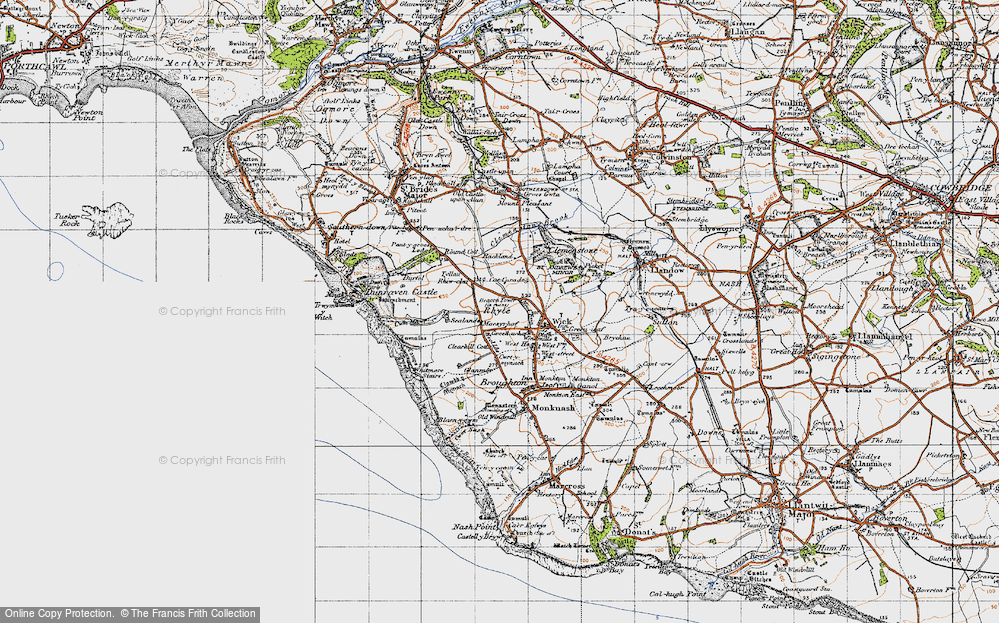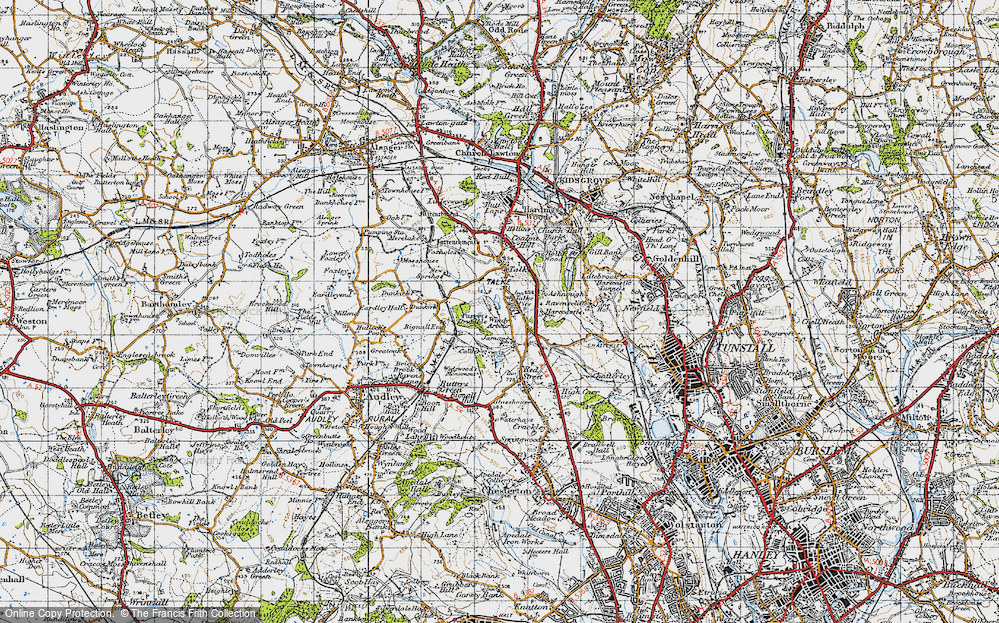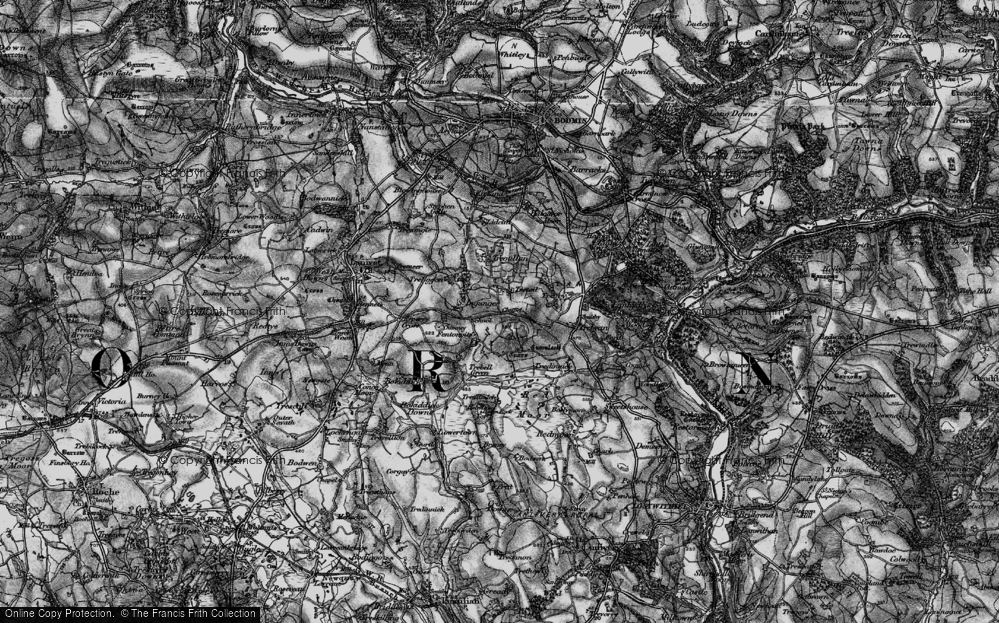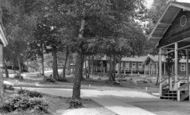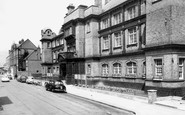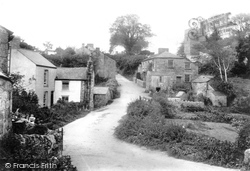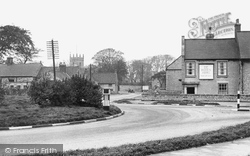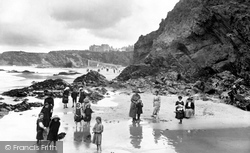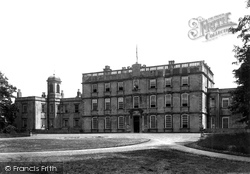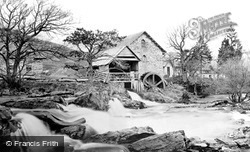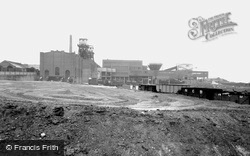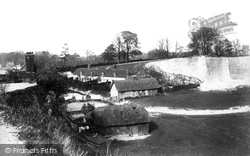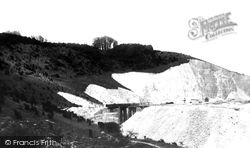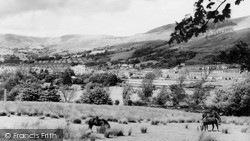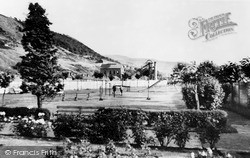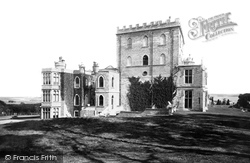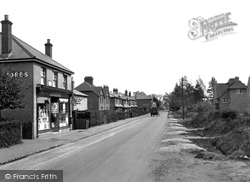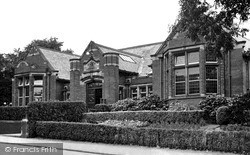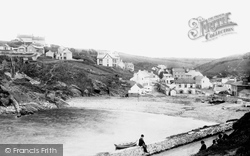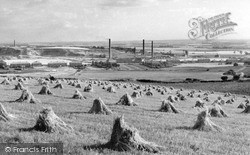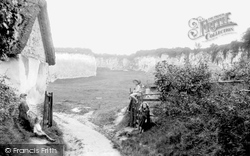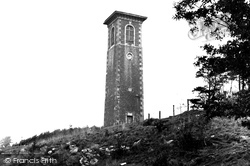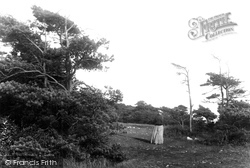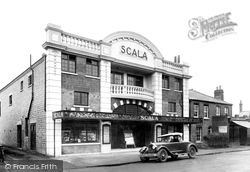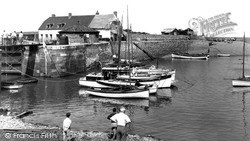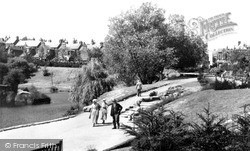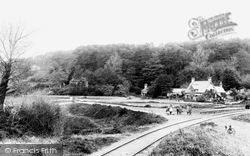Places
15 places found.
Those places high-lighted have photos. All locations may have maps, books and memories.
- Pit, Gwent
- Talke Pits, Staffordshire
- Tunnel Pits, Humberside
- Bedwellty Pits, Gwent
- Fenton Pits, Cornwall
- Slay Pits, Yorkshire
- Tre-pit, South Glamorgan
- Bailey Pit, Gwent
- Gore Pit, Essex
- Moss Pit, Staffordshire
- Red Pits, Norfolk
- White Pit, Lincolnshire
- Even Pits, Hereford & Worcester
- Forest Coal Pit, Gwent
- Michaelston-le-Pit, South Glamorgan
Photos
89 photos found. Showing results 21 to 40.
Maps
84 maps found.
Books
Sorry, no books were found that related to your search.
Memories
867 memories found. Showing results 11 to 20.
Memories Of Sutton Lodge, In Sutton Lane—Just South Of The Great West Road, Heston/Hounslow
Recorded by Nicholas Reid, Canberra, Australia. I was christened in the Anglican church at Heston in 1959, though for obvious reason I don’t have any memories ...Read more
A memory of Heston by
Goldthorpe Family?
My Grandfather John "Jack" or "Curly" Goldthorpe grew up in , I think, Thurnscoe. He had a brother called Frank, a sister called Edith and another called Florrie (?). His parents Were called Frank and maybe, Ada. I know Frank ...Read more
A memory of Goldthorpe by
St Joseph's Convent School
I note that a couple of people have mentioned St Joseph's Convent School. Having attended that school from 1960 to 1966, I can confirm that the location was opposite Hoadley's and the building did indeed curve alongside ...Read more
A memory of Burgess Hill
Great Grays
I was born in 1942 in Hathaway Rd at my Nan's. We moved to Milton road. When small I remember the house being damaged by the rocket that fell in the pit. Later playing on the bomb site in Cromwell Road. Went to Quarry Hill school, remember ...Read more
A memory of Grays by
Long Time Ago.
Born in Hardwick Hall Sedgefield During the war '42. Brought up in old West before Owton Manor est etc. Remember walking the streets during war with Mum after air raid sirens etc. and standing in queues with our ration coupons for ...Read more
A memory of Hartlepool by
Mallinder Family
My father Frank Mallinder was born in the family home on the 1/02/1915 at 45 Queen street Eckington. His father was Willliam born 1876 Wath upon Dearne his mother was Harriet born 1881 Mossborough. There where 9 children and 2 ...Read more
A memory of Eckington by
Back In The 70s
From 1975 we lived in one of the council maisonettes, Baden Powell House, which are still opposite the parade of shops in Lower Belvedere. I remember it was such a great place to grow up, knowing all the neighbours by name and being ...Read more
A memory of Belvedere
I Was An Evacuee.
I remember Wrens Warren camp vividly as I was one of many sent there during W.W. 2. It was a happy period in my life as a young boy in the 1940's. I and my friends spent many hours exploring the surrounding woods, making a ...Read more
A memory of Colemans Hatch by
Windmill Road, Brentford 1945
My parents, Nora & Harold (Jock) Palmer, lived at 112 Windmill Road, Brentford where I was brought up, along with my twin brother David and older brother Michael. Later we were joined by sister Janis and brother ...Read more
A memory of Brentford by
Memories Of A Delivery Boy
Memories of a Delivery Boy 50/60s We moved onto the Beavers Lane Estate in 1951 as it was being built. Our first home was in the Chester Road flats with kids in every flat we soon had a large group of friends, Richard ...Read more
A memory of Hounslow by
Captions
118 captions found. Showing results 25 to 48.
The village is noted for its granite quarries, which furnished stone for the Duke of Wellington's sarcophagus in St Paul's Cathedral.
Many men found work at nearby pits, including Barlborough on the outskirts of the village.
The rocky cliff faces are scored and pitted by wind and waves, causing sizeable blowing holes and fissures.
Copley had become one of the leading ironmasters in South Yorkshire, thanks to a leasing arrangement with the Earl of Shrewsbury which gave him access to Shrewsbury charcoal woods and coal and ironstone pits
One of its more interesting features is what is thought to be an ancient beheading pit.
At this time, Easington was one of six large pits situated along the coast of County Durham; the others were Wearmouth, Vane Tempest, Dawdon, Seaham and Horden.
French soldiers were held as prisoners at Odiham during the Napoleonic wars, living in a camp dug out of an old chalk pit on the Alton road.
Not only lime but also some building stone was formerly quarried in the huge Betchworth chalk pit. It had its own narrow gauge railway, which is visible here.
These do not look like young of the pit ponies and nor are they working horses.
As we have seen even the smallest colliery village wherever it may be in the Rhondda Valleys has its own park. This one looks more suited to the youngsters of the area with its swings and slide.
New Pond was dug in the 14th century (Upper Pond is an old brick pit) and was once a popular bathing place. It is now stocked with fish and bathing is prohibited.
The present building was largely the work of the Victorian Colonel Waugh, who developed the island by opening clay pits and potteries in its wildest corners.
These included Unwins print works, a tannery, the gravel pits, and three laundries.
Local pit manager Sir William Garforth, who donated 250 books, opened this Carnegie Library on 29 May 1907.
It also had nearby coal-pits, which sent out some of their produce from the beach here.
Standing in the upper Douglas Valley, Wigan was once a market town, but by the mid 19th century it was a major centre for Lancashire's coal industry.
French soldiers were held as prisoners at Odiham during the Napoleonic wars, living in a camp dug out of an old chalk pit on the Alton road.
Covering some eight acres, this is believed to be the largest chalk pit in Hampshire.
The builder, Wade Brown, was a local quarry owner; woods have now overgrown the local pits and quarries cut into the sides of Bathford Hill.
The lady is looking into one of the numerous prehistoric crop storage pits that had been excavated by the antiquarian C W Dymond a few years previously.
The ornately designed building is a vivid reminder of the days, long before the television and video age, when every town in the country had a picture house, or 'flea pit' as they were sometimes known
Coal and limestone were once brought from Wales, and pit props were sent there.
Since its official opening in Coronation year (1953) by Sir Noel Arkell, this area in the centre of the town has been known as Queens Park.
Coppet Hall's name is believed to be derived from 'coal pit haul': before the laying of the railway track in the 1870s, a tramline existed on which coal was hauled on horse-drawn trucks to
Places (15)
Photos (89)
Memories (867)
Books (0)
Maps (84)


